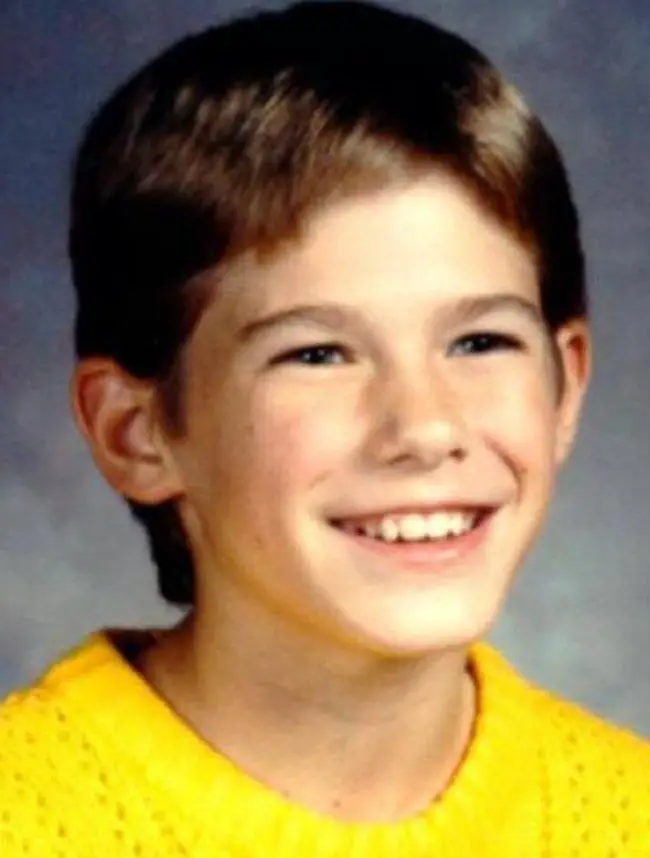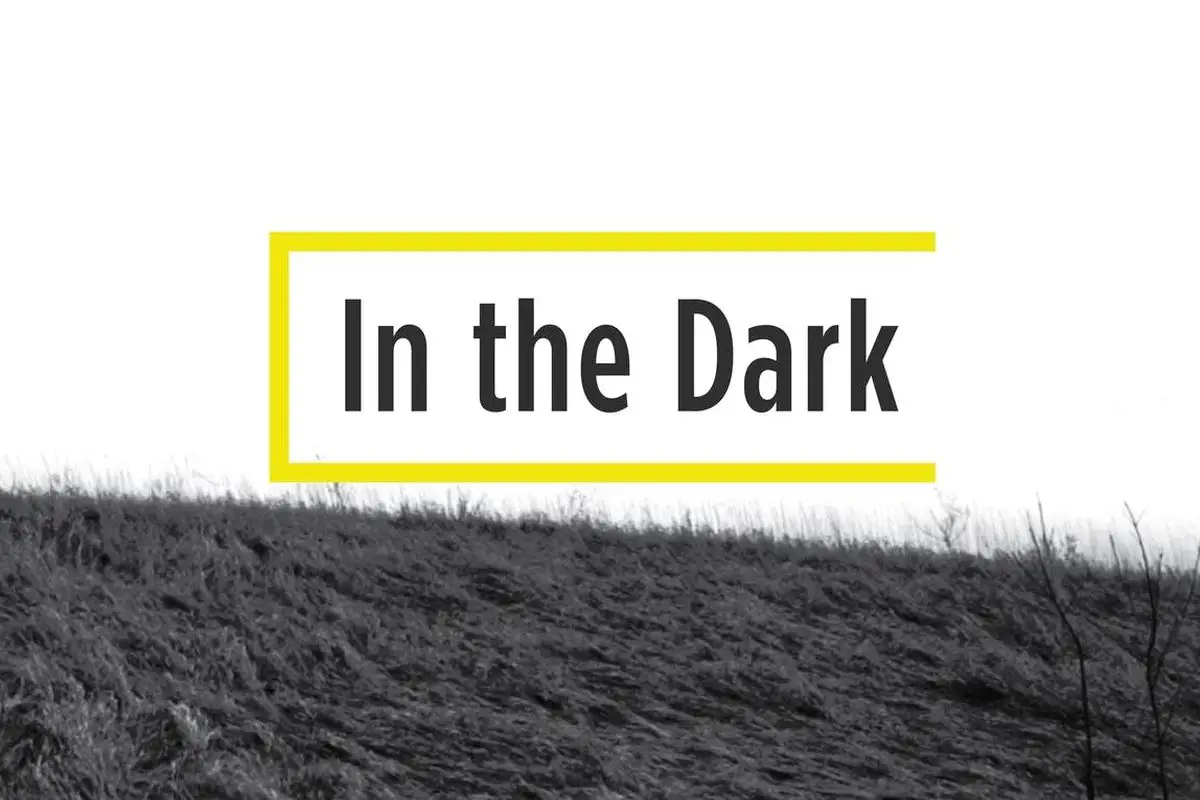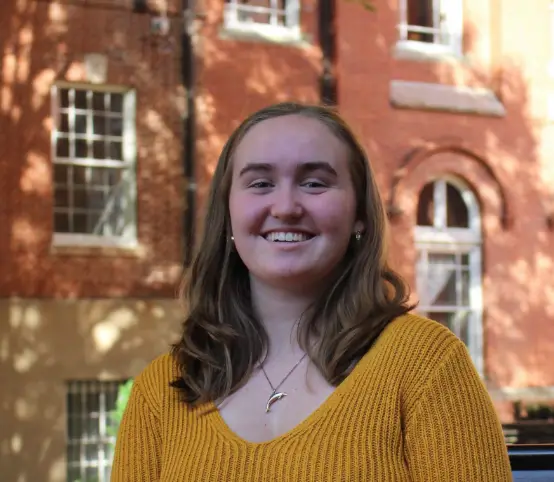If you’re into crime and podcasts, “In the Dark” is one of the best out there. This crime podcast spawns online discussion, speculation and even excellent parodies of its style like “American Vandal” on Netflix. Back when the podcast started with Season 1, it seemed like the whole country could do nothing but listen to “Serial.”
The fascination with true crime is nothing new, but the meticulous approach to the crime’s history and its different relations with culture, religion and community made “Serial” especially compelling.
But just as is true with almost everything since Trump’s election in 2016, certain aspects of any given crime story have come to the forefront. As citizens become more and more civically engaged, so must the media that people consume; thankfully, “In the Dark” is providing for this need.
Even for its first season, which came on the air — a phrase to be used lightly, as “Dark” is a podcast — in mid-to-late 2016, “In the Dark”’s premise showed that it was a different kind of crime podcast. Within the first few minutes, listeners know who committed the crime in question.
The podcast’s first season covers the abduction of Jacob Wetterling back in 1989. This was one of the abductions that opened the era of greater parental vigilance about their children after the freewheeling (again, used lightly) ’80s — and it’s a scary story by itself.

So, if the listener knows who committed the crime from the get-go, then what are the listeners going to be waiting for, and what is the source of suspense? Instead of searching for a crime’s culprit, as is the case in “Serial,” the podcast takes listeners through the investigation of the crime and how law enforcement (mis)managed it. This episode shows the way that the crime itself has affected the public, and what laws were created in its aftermath.
In short, it’s about the crime, but it’s also about the way that the crime has changed the place in which it happened.
Now, the show’s second season is in progress, and it tells a story once again about malpractice that Americans need to hear. The next story is about Curtis Flowers, a black man that has been tried for the same murders six times — but stays on death row every time.
Throughout the story, the reporters attempt to find direct evidence that links Curtis to the crime — a quadruple murder with no survivors or witnesses. They find no such thing, but they do find one prosecutor determined to get Flowers executed.
The story is riveting because of its civic elements and intrigue. Curtis’ story isn’t one that is solved like Jacob’s, but in the ninth and most recent episode, the reporters ask the question: “Why Curtis?” Why is this the man who was selected as the prime suspect in the investigation?
This is the core of why “In the Dark” is a podcast of the new generation; it asks the question of why, rather than the question of who. In many crime podcasts or films or even video series (shout out to Buzzfeed Unsolved), the question that remains at the end is, “Who did it?”
In “Dark,” the question is, “Why did this investigation go wrong?” and “Are the roots of the problem that caused it still prevalent where you live?” And once those questions are answered, “In the Dark” often takes it a step further. The podcast prompts you to find the problems and try to make a change.
(Psst. Learn more about “In the Dark” here.)

















